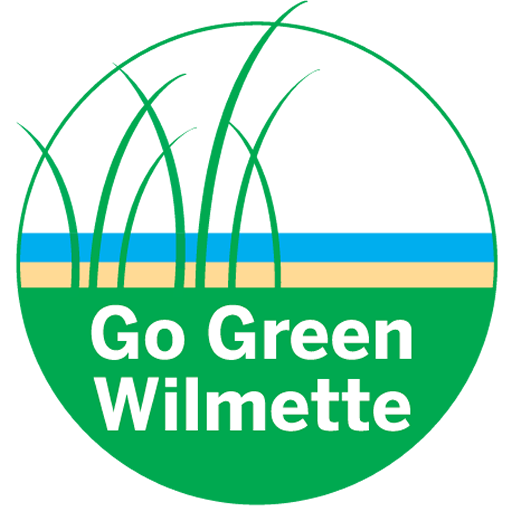Plants and animals depend on natural light cycles to govern life-sustaining behaviors such as reproduction, nourishment, sleep, and protection from predators. Artificial light at night has deadly effects on many creatures, contributing to the decline of biodiversity...















